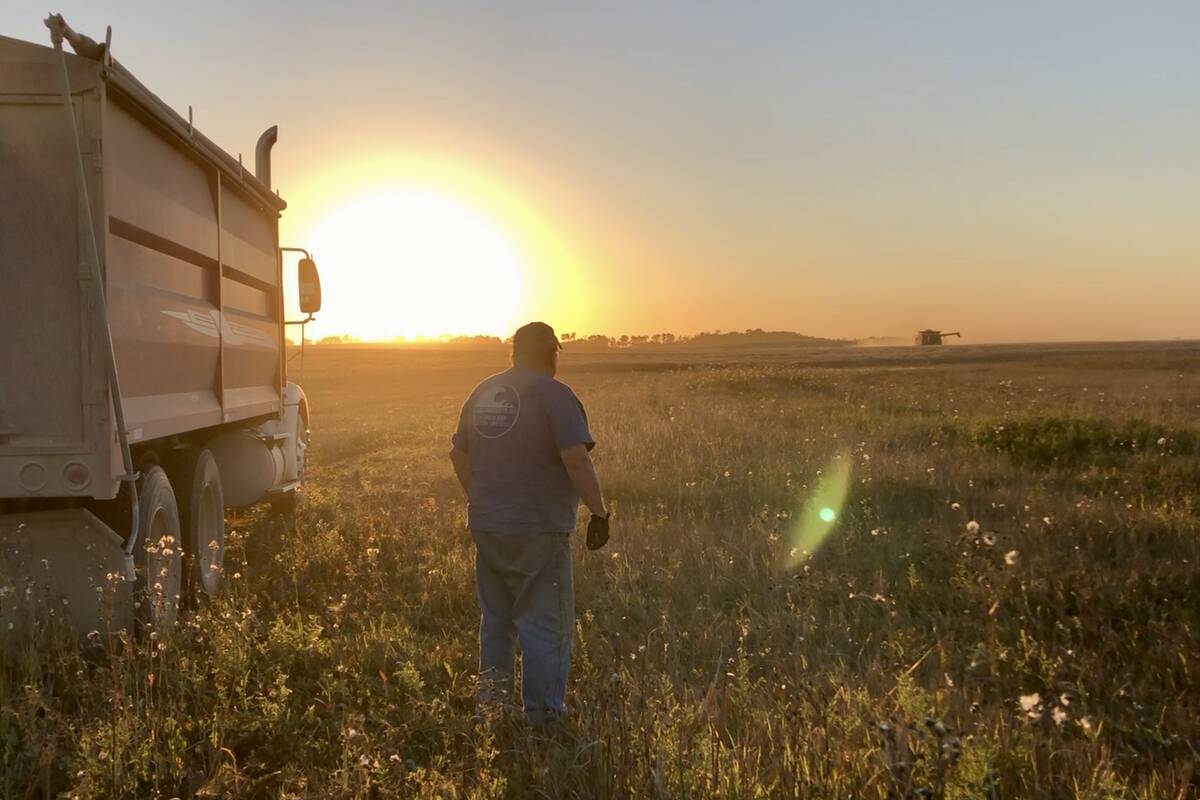Canada’s food safety system needs an overhaul, says a food safety expert from the University of Manitoba.
In an article published in the latest issue of the Canadian Medical Association Journal, Richard Holley said the federal government should develop a program to track the incidence of illness related to food.
“Investment is needed to develop a surveillance program on food-borne illness that will characterize risks related to food and food pathogens in Canada,” he said.
Read Also

VIDEO: Bittersweet harvest for this family farmhand
Bruce Burnett helps his brother harvest wheat and canola for the last time on the family farm in Manitoba where they both grew up.
For example, it’s estimated there are 11 million cases of food-borne illness in Canada annually, but that’s only an estimate because there is no national surveillance program.
And while the highly publicized outbreaks of BSE and avian influenza resulted in about 300 deaths worldwide, the more common salmonella and listeria claim 500 lives annually in the United States, with little publicity.
Holley said governments need to establish permanent systems that promote co-operation among various players in the food and health sectors and encourage sharing of information and co-operative investigations of food-borne illness.
Food safety policies and programs also need to be consistent across the country.
That won’t be an easy goal to accomplish, said Holley, a professor in the faculty of agriculture and food sciences.
“The large size of the country, regional differences in population density and availability of infrastructure complicate attempts to implement and administer both food-borne illnesses and uniform food inspection programs,” he said.
Currently all three levels of government – federal, provincial and local – are involved in food safety issues and standards and practices can vary.
The result is a “passive patchwork” of regional systems that feed poor quality data on illness outbreaks into the database, said Holley.
The top priority of any new food policy, he added, must be to ensure that approved food safety systems are operated properly.
Holley said in the article that Canada lags behind other countries, including the United States, Australia and European nations, in inspection and gathering information on food related illness.
Canada has not kept pace with new knowledge used by other countries to protect consumers.
While calling for more government investment in food safety, Holley stressed that the primary responsibility for manufacturing safe food rests with industry.
















